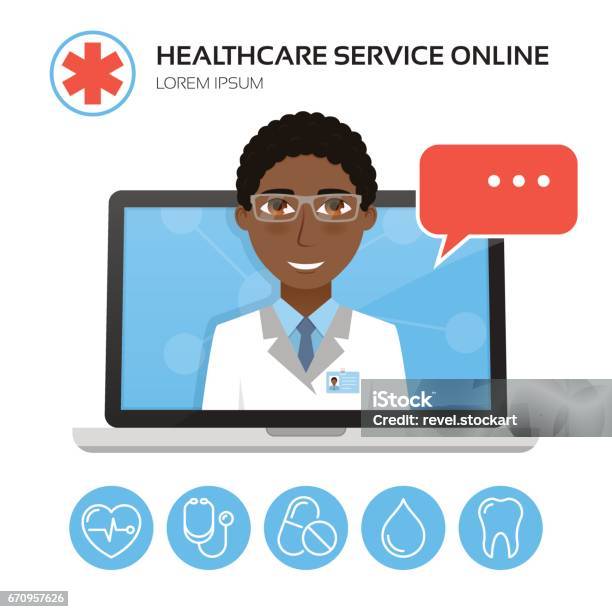Understanding the Expense Savings of Subscription Based Healthcare for Families
Just How Subscription-Based Healthcare Is Changing the Clinical Sector

The Increase of Registration Medical Care
Over the last few years, the medical care sector has witnessed a substantial shift towards subscription-based versions, reflecting more comprehensive customer trends preferring comfort and predictability. This change is driven by the raising demand for even more accessible and customized treatment remedies. Membership medical care, sometimes described as concierge medication or straight primary care, offers individuals a set month-to-month charge for a series of medical services, significantly altering standard fee-for-service designs.
The surge of membership medical care is helped with by advancements in modern technology, which allow streamlined interaction in between individuals and providers - subscription based healthcare. Digital platforms and telehealth solutions have ended up being important, offering patients the capability to arrange appointments, access medical records, and receive appointments online. This technical assimilation not just improves individual engagement but additionally allows providers to provide a lot more reliable care
In addition, the subscription version straightens with the progressing expectations of clients that look for more control over their healthcare expenditures and experiences. While this model is getting grip, its proliferation deals with difficulties such as governing difficulties and the necessity for wider acceptance within the traditional medical care ecological community.
Advantages for Clients and Carriers
Subscription-based healthcare offers a wide variety of benefits for both providers and patients, improving the dynamics of clinical treatment. For clients, this design provides enhanced access to healthcare solutions.
For medical care companies, subscription-based versions foster an even more lasting and enjoyable technique. Management tasks are commonly structured, reducing above prices and enabling suppliers to commit more time to person communication. Generally, subscription-based health care straightens the rewards of suppliers and patients, advertising a more reliable and patient-centered health care shipment system.
Secret Attributes of the Model
Regularly, the key functions of the subscription-based healthcare model emphasize its distinctive approach to delivering clinical solutions. Central to this version is the principle of predictable, month-to-month settlements, offering individuals an extensive variety of solutions without the unpredictability of typical fee-for-service structures. This model often consists of unrestricted access to medical care solutions, precautionary care, and regular exams, guaranteeing that individuals can involve with their doctor proactively rather than reactively.
Furthermore, straight interaction channels, such as telemedicine and messaging platforms, are highlighted, permitting patients to get prompt guidance and examinations without requiring in-person visits. This boosts availability and benefit, specifically for individuals with flexibility constraints or those residing in remote locations. The version additionally fosters more powerful doctor-patient partnerships, as healthcare carriers are incentivized to focus on lasting health and wellness results instead of temporary gos to.
Additionally, subscription-based health care typically integrates technological developments, such as digital health documents and wellness monitoring apps, Bonuses to provide reliable and tailored treatment. Individuals gain from worked with and continual care administration, which is customized to their certain health requirements. Eventually, these attributes collectively develop a patient-centered health care experience, prioritizing ease of access, cost transparency, and preventative care.

Factors To Consider and difficulties
While the subscription-based medical care design offers many advantages, it is not without its considerations and obstacles. One significant obstacle is guaranteeing equitable access. Subscription models may accidentally prefer those with higher socioeconomic condition, possibly expanding variations in healthcare accessibility for lower-income people who may battle with monthly charges. This raises moral worries concerning inclusivity and equity in healthcare shipment.
One more difficulty depends on regulatory conformity. Subscription-based medical care needs to browse a complex web of guidelines that vary by region, consisting of problems around client discretion, information protection, and state licensing demands. Guaranteeing conformity without restraining the model's versatility and technology can be intimidating for hop over to these guys providers.
In addition, there is the threat of overutilization or underutilization of services. People paying a taken care of fee could overuse solutions, leading to boosted functional expenses, while others might underutilize as a result of fear of burdening the system, potentially ignoring essential care.
Future Potential Customers and Innovations
The landscape of subscription-based health care is positioned for change through arising innovations and evolving potential customers. As modern technology continues to development, the combination of expert system and artificial intelligence provides considerable chances to improve diagnostic precision and enhance individual administration. Anticipating analytics can change preventative treatment by identifying possible wellness risks before they manifest, therefore reducing both costs and the problem on healthcare systems.
Additionally, telemedicine is established to broaden within registration versions, offering clients enhanced access to healthcare professionals no matter geographical restrictions. This not only facilitates continuity of treatment but also encourages individuals to involve more proactively in their health and wellness monitoring. In addition, blockchain innovation supplies possible in securing individual information and making certain interoperability across platforms, cultivating count on and transparency.
The growth of individualized medicine is an additional frontier, with membership models offering a special framework for supplying customized wellness services. Hereditary screening and personalized therapy plans can be seamlessly integrated, straightening individual needs with details medical interventions. Partnerships in between technology business and health care companies are likely to generate innovative solutions, boosting individual experiences and results. As these leads materialize, subscription-based medical care has the potential to redefine just how treatment is provided and accessed.
Conclusion
Subscription-based health care is changing the clinical sector by using a more obtainable, predictable, and patient-centered approach to medical solutions. This version enhances patient-provider partnerships, guarantees economic transparency, and stresses precautionary treatment with endless examinations and telemedicine. Regardless of difficulties such as regulatory difficulties and potential variations in access, the membership model holds pledge for a much more tailored and efficient health care experience. As innovation advancements, even more developments are likely to attend to existing obstacles and maximize health care delivery.
Membership health care, occasionally referred to as concierge medicine or direct main treatment, uses people a set regular monthly fee for a variety of medical solutions, considerably changing conventional fee-for-service versions.
Additionally, the membership model lines up with the developing expectations of people who seek even more control over their health care expenses and experiences. For individuals, this model provides enhanced accessibility to medical care solutions. On the whole, click here for more subscription-based health care aligns the rewards of individuals and carriers, advertising a much more patient-centered and effective medical care distribution system.
Additionally, telemedicine is set to expand within membership models, offering people raised access to healthcare experts no matter of geographical restrictions. - subscription based healthcare